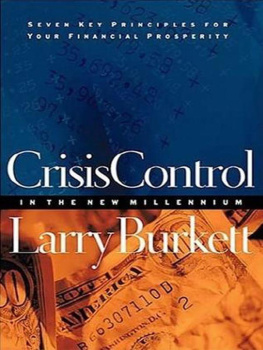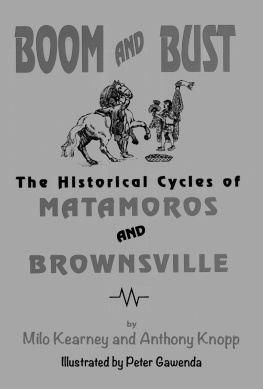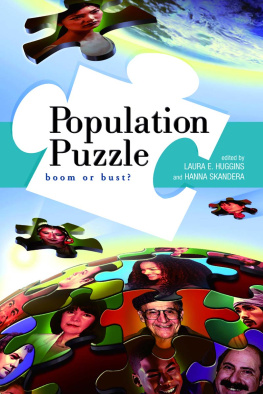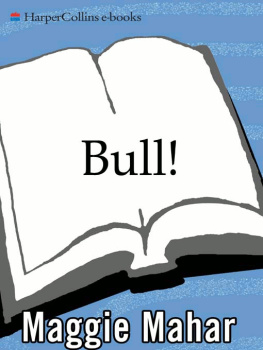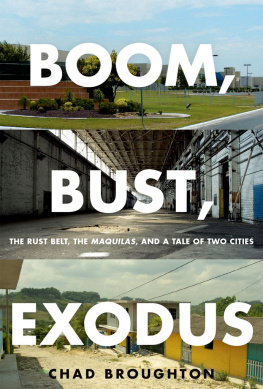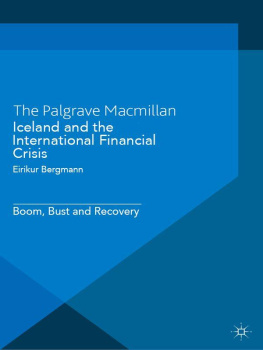Copyright 2015 Richard Faulk / Illustrations copyright 2015 Ramsey Beyer / All rights reserved. No part of this publication may be reproduced or used in any form or by any means graphic, electronic, or mechanical, including photocopying, recording, or information storage and retrieval systems without the written permission of the publisher. / Juvenile Nonfiction > History > General / Library of Congress data available / ISBN: 978-1-936976-67-6 / Design by Adam Grano
Manufactured in the U.S.A.
DOC 10 9 8 7 6 5 4 3 2 1
INTRODUCTION
The next big thing. Its a marketing clich as old as advertising itself the wonder product that will revolutionize the way you clean your shower or chop your veggies or slenderize your unsightly belly fat. But in the digital age, the concept has gone viral. Dozens, if not hundreds, of next-big-things are seemingly heralded every day in tweets, Facebook updates, and BuzzFeed listicles... and are just as promptly forgotten.
Humankinds sense of time has not always been so manically compressed or our craving of novelty so insatiable. But even in historys most static and tradition-bound moments, there have still been disruptive innovations that change the way we think and live. Even without media hype, there have been and always will be next big things.
This book is an attempt to describe some of historys next-big-things, the ideas and inventions that made possible the future that became us, and perhaps to suggest outlines of the future we are bequeathing to generations to follow.
This is of course a ridiculously ambitious goal. Even confining myself, as I have, to the last 3,000 years (more or less) and to the regions of the globe west of the Caucasus and north of Florida (more or less), I cannot remotely suggest that the list is complete. While I have tried to be fair to all my subjects, I dont claim to be objective: To identify innovations that have indelibly marked the present requires having a point of view about what the present is. Mine might diverge from yours. If thats the case, then consider this a provocation to hone your own counter interpretation. After all, Im just this guy.
In applying the next-big-thing concept to the history of Western civilization, Ive taken a philosophical turn. After pondering the idea over months of research and writing, I have come to think of a next-big-thing as a bet society makes on tomorrow. Its a nodal point in time, when the sprawl of history suddenly becomes still and clear, and we finally believe that we really know what the future is going to look like because we have it here, in one convenient package. And we say with certainty, This will change everything.
But its just a bet. For every idea, like philosophy, or invention, like the iPhone, that really does seem to change everything, theres a Segway that changes absolutely nothing.
To help make my case clear from the outset, I start each entry with an overview of its claim to fame (or infamy) and assign it ratings in two dimensions: the hype factor, which indicates the enthusiasm it generated at the time of its origin, and the impact factor, which is the more sober judgment of history.
Each entry is self-contained, so you can jump around wherever you like. However, themes do emerge, and there are cross-references if youd like to follow them up.
So, what are you waiting for? Dont let the next big thing get away!
RICHARD FAULK
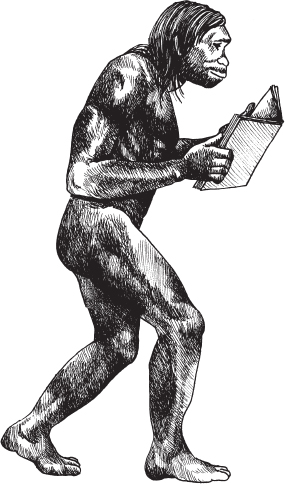
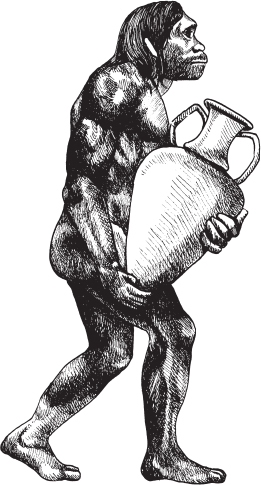
ALCOHOL
To alcohol! The cause of, and solution to, all of lifes problems!
HOMER SIMPSON FROM THE SIMPSONS, 1997
TIME OF ORIGIN:The mid-Proterozoic Era
ORIGIN IN:Fruit forests
HYPE FACTOR:0 Its so old that when it first appeared, there was nothing to hype it.
IMPACT FACTOR:10 Alcohol has been mankinds constant companion. Its embedded in our religious and social rituals; its an art form, an industry, a pleasure, and a social blight. Its hard to imagine life without it.
Life is hard and booze is fun. Poets and philosophers have been expounding on these sentiments from the beginning of recorded time. Next to having sex and breathing oxygen, finding solace and sustenance in alcohol might be the original next big thing.
In fact, it might even be older than that. If the hypothesis of some biologists is true, our taste for booze is so primordial that it might actually predate our existence as a species.
LET THERE BE BOOZE
Step back, if you will, to the oxygen-free, volcano-ridden, radiation-blasted hellscape that was the Earth some 3.5 billion years ago. Floating in the rich chemical soup of the primordial ocean (perhaps near some superheated vent on the deep-sea floor), some primitive, single-celled organisms are eagerly gobbling up simple sugars and expelling a frothy mix of carbon dioxide and ethanol. Thats glycolysis sugar fermentation in action, and its a process thats almost as old as life itself.
WHATS YOUR POISON?
Arguably alcohols greatest success story is wine made from cultivated grapes. From earliest antiquity, it was a prestige beverage, the drink of gods and emperors, an indispensable part of religious and social solemnities. Even today, in the era of craft beers and resurrected cocktail sophistication, wine still owns pride of place. With a global production of 50 billion gallons a year compared to wines seven billion, beer is still the crowd-pleaser, but wine retains the highest snob quotient.
Wine as we know it probably had its origin in eastern Turkey or the Caucasus. Gradually it moved down to the shores of the eastern Mediterranean, where the Phoenicians (the worlds first great maritime traders) became major wine makers and exporters. Whereas beer spoils quickly, well-made and well-stored wine doesnt just last, it actually improves with age. This gave wine tremendous value as a commodity, and consumers across the known world became seduced by its flavor and exoticism.
Having hooked the Egyptian pharaohs on the novel beverage, the Phoenicians went on to sell them grape vines and, presumably, technical know-how via master vintners. From Egypt, wine appreciation spread to Greece, Italy, Spain, then France, and finally Northern Europe. And everywhere it went, wine displaced the local beverage to become the favored drink of the elite.
Not that the categories of alcohol were that clear-cut before the modern era. Scientist and alcohol historian Patrick McGovern believes that blended drinks, like the grog unearthed from Jianhu, were common in the early days of intentional fermentation. Until Roman times, it was common to flavor wine with infusions of herbs, honey, smoke, or resins. Todays vermouths are made via a process thats direct descendent from this practice, and distilled aperitifs, such as Campari and Chartreuse, are high-proof cousins.



